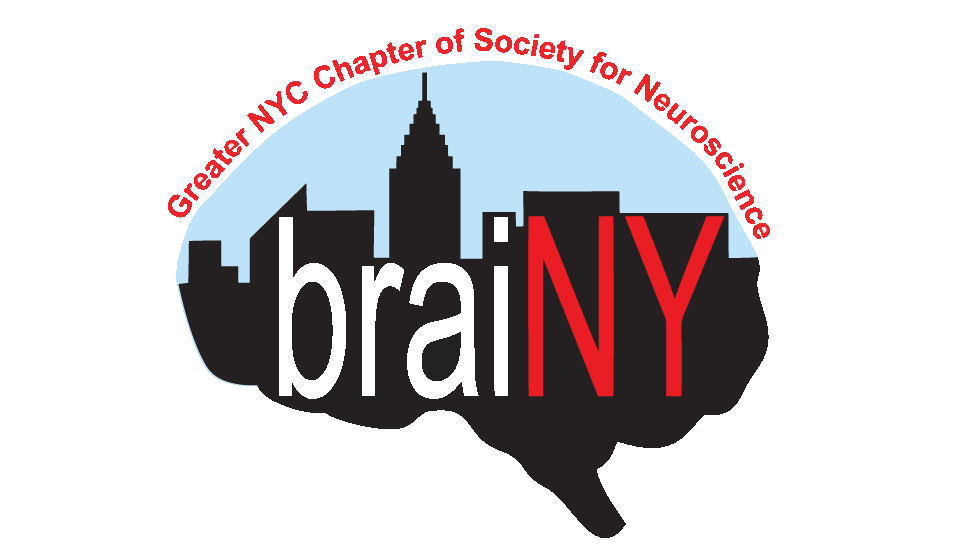Kate Nussenbaum: Memory’s reflection of learned information value increases across development
In this study, we asked how individuals develop the ability to remember useful information. Previous work has found that when people are explicitly told that information is important they can strategically prioritize memory for it. But in the real-world, we rarely encounter explicit signals of the value of information. Here, we examined how children, adolescents, and adults may prioritize memory in the absence of explicit cues. Specifically, we asked whether individuals can use frequency as a signal of information value. The frequency with which we have encountered something in the past often predicts the frequency with which we will encounter it in the future, and therefore, the value of remembering associated information. For example, if you see the same person walking around your building again and again, then you can infer that there is a high probability that you will encounter them again and so learning and remembering their name will likely be useful. But can people implement this type of memory strategy? Can they learn the relative frequency of items in their environments and prioritize memory for information associated with those they encounter more frequently? We found that individuals were able to strategically prioritize memory based on learned value signals. This ability strengthened from childhood to adulthood, due to improvements both in learning about the structure of the environment and in using learned regularities to implement strategic control over memory encoding. In other words, children may struggle to prioritize memory for important information both because they have a harder time learning what is important in the first place and because even when they know what they should remember, they have trouble implementing an effective encoding strategy. Recognizing important information and strategically prioritizing memory for it may depend on separable neural systems with distinct developmental trajectories; the striatum and other value-sensitive regions may underpin the recognition of important information while interactions between prefrontal and medial temporal lobe regions may be required to selectively encode high-value information.
Link to article: https://psyarxiv.com/xbmyn/

